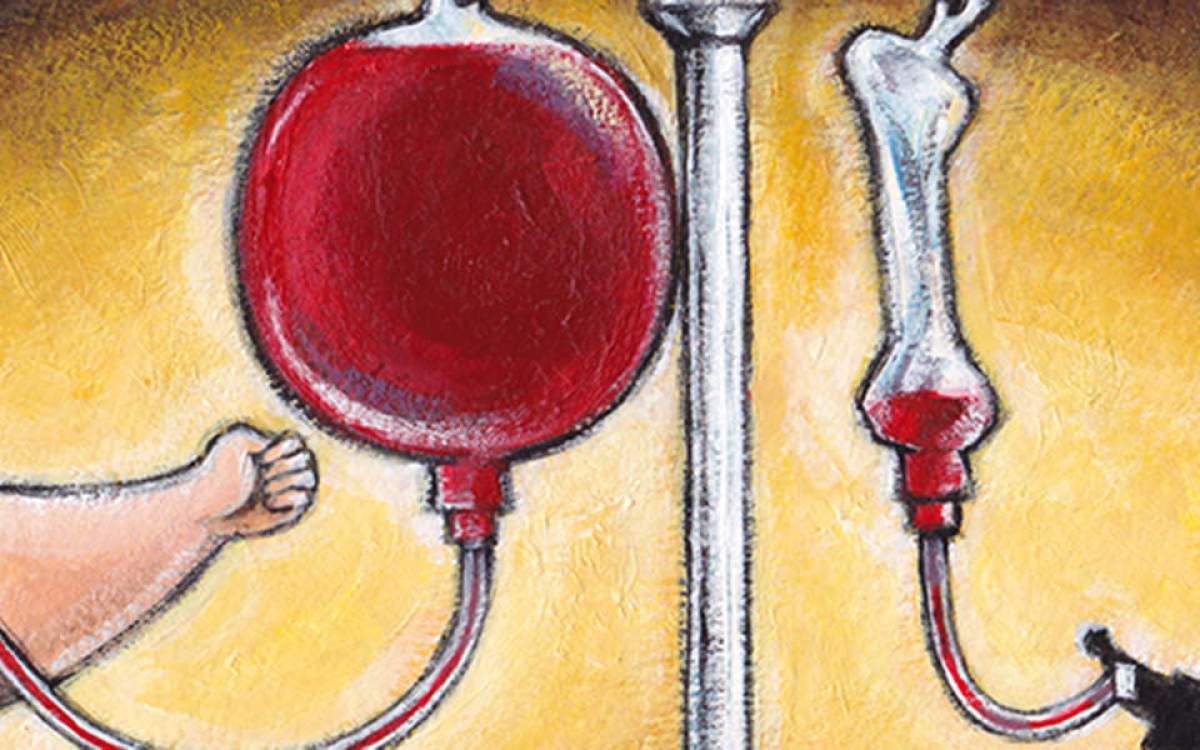New study finds 45,000 deaths annually linked to lack of health coverage
Uninsured, working-age Americans have 40 percent higher death risk than privately insured counterparts
Nearly 45,000 annual deaths are associated with lack of health insurance, according to a new study published online today by the American Journal of Public Health. That figure is about two and a half times higher than an estimate from the Institute of Medicine (IOM) in 2002.
The study, conducted at Harvard Medical School and Cambridge Health Alliance, found that uninsured, working-age Americans have a 40 percent higher risk of death than their privately insured counterparts, up from a 25 percent excess death rate found in 1993.
“The uninsured have a higher risk of death when compared to the privately insured, even after taking into account socioeconomics, health behaviors, and baseline health,” said lead author Andrew Wilper, M.D., who currently teaches at the University of Washington School of Medicine. “We doctors have many new ways to prevent deaths from hypertension, diabetes, and heart disease — but only if patients can get into our offices and afford their medications.”
The study, which analyzed data from national surveys carried out by the Centers for Disease Control and Prevention (CDC), assessed death rates after taking into account education, income, and many other factors, including smoking, drinking, and obesity. It estimated that lack of health insurance causes 44,789 excess deaths annually.
Previous estimates from the IOM and others had put that figure near 18,000. The methods used in the current study were similar to those employed by the IOM in 2002, which in turn were based on a pioneering 1993 study of health insurance and mortality.
Deaths associated with lack of health insurance now exceed those caused by many common killers such as kidney disease. An increase in the number of uninsured and an eroding medical safety net for the disadvantaged likely explain the substantial increase in the number of deaths, as the uninsured are more likely to go without needed care. Another factor contributing to the widening gap in the risk of death between those who have insurance and those who do not is the improved quality of care for those who can get it.
The researchers analyzed U.S. adults under age 65 who participated in the annual National Health and Nutrition Examination Surveys (NHANES) between 1986 and 1994. Respondents first answered detailed questions about their socioeconomic status and health and were then examined by physicians. The CDC tracked study participants to see who died by 2000.
The study found a 40 percent increased risk of death among the uninsured. As expected, death rates were also higher for males (37 percent increase), current or former smokers (102 percent and 42 percent increases), people who said that their health was fair or poor (126 percent increase), and those who examining physicians said were in fair or poor health (222 percent increase).
Steffie Woolhandler, study co-author, professor of medicine at Harvard Medical School, and a primary care physician at Cambridge Health Alliance, noted: “Historically, every other developed nation has achieved universal health care through some form of nonprofit national health insurance. Our failure to do so means that all Americans pay higher health care costs, and 45,000 pay with their lives.”
“The Institute of Medicine, using older studies, estimated that one American dies every 30 minutes from lack of health insurance,” remarked David Himmelstein, study co-author, associate professor of medicine at Harvard Medical School, and a primary care physician at Cambridge Health Alliance.
“Even this grim figure is an underestimate — now one dies every 12 minutes.”
Other authors include Karen E. Lasser, Danny McCormick, David H. Bor, and David U. Himmelstein. The study was supported by a National Service Research Award.







